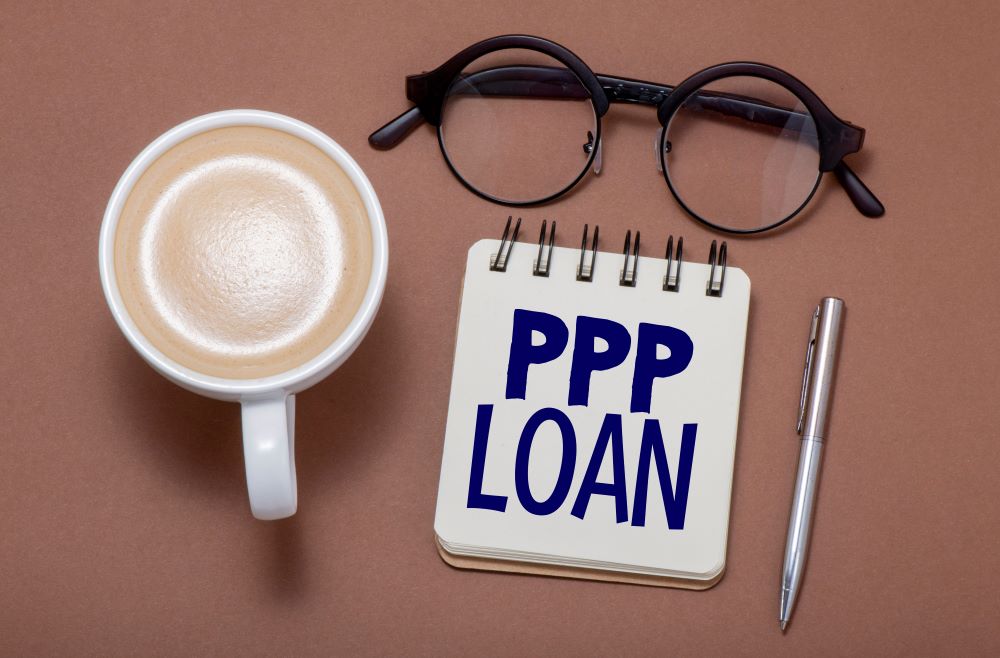PPP Loan Guidance Issued for First-Time Borrowers

Update: Today, shortly after publishing this post, the Treasury, in conjunction with the SBA, announced that the PPP would re-open the week of January 11, 2021. Community financial institutions will exclusively be allowed to make first-draw PPP loans starting January 11 and second-draw PPP loans starting January 13. The PPP will open to all participating lenders at an unspecified date shortly thereafter and will remain open through March 31, 2021. We will monitor developments and update our blog accordingly.
The Consolidated Appropriation Act, 2021 (CAA) made several changes to the Paycheck Protection Program (PPP) to streamline forgiveness and make loans available for certain businesses. The changes include expanded eligibility, simplified forgiveness applications for loans less than $150,000, second draw loans, and affirmation of PPP forgiveness expense deductibility. However, without the details and specific guidance from the Small Business Administration (SBA), it has been unclear how companies should proceed. On January 6, 2020, the SBA issued an Interim Final Rule (IFR), Business Loan Program Temporary Changes; Paycheck Protection Program (PPP) as Amended by Economic Aid Act, which provides important details for first-time applicants, which we have summarized below.
Expanded Eligibility
The CAA expanded the type of organizations that are eligible to receive a first-time PPP loan, which means the following may apply:
- Small Businesses – A company, along with affiliates, is eligible if they have a maximum tangible net worth of less than $15M. After income taxes for the prior two fiscal years, the average net income is not more than $5M.
- Independent Contractors – This also includes eligible self-employed individuals and sole proprietors.
- Nonprofits – Tax-exempt entities, including most 501(c) (3) organizations, tax-exempt veterans’ groups, an eligible membership organization 501(c) (6) organization, and tribal business concerns with less than 500 employees.
- Others – A housing cooperative or destination marketing organization with 300 or fewer employees.
- News Organizations – Only those who are majority-owned or controlled by a NAICS code 5151 business or a nonprofit public broadcasting entity with no more than 500 employees per location.
- Seasonal Businesses – The CAA changed the requirements allowing businesses that were dormant or not fully operational as of February 15, 2020, to apply.
Businesses that are not eligible include any business engaged in illegal activity, public companies, household employers, organizations with a 20% or greater shareholder that is currently incarcerated, a company that is delinquent or defaulted on an SBA guaranteed loan, and those not in operation before February 15, 2020. Finally, the CAA also prohibits entities where the President, Vice-President, or Congress members have a controlling interest from applying.
Eligible Loan Expenses
The IFR outlines the covered expenses borrowers may use loan proceeds to satisfy. While some expenses are a carryover from past requirements, there is important information about recently added covered expense categories. Loan proceeds may be used on the following:
- Payroll costs.
- Rent, utility, and mortgage interest expenses.
- Costs related to the continuation of group health, dental, life, disability, and vision benefits during periods of paid sick or family leave, including premiums.
- Expenses incurred refinancing an EIDL made between January 1 and April 3, 2020.
- Operations costs include any software or cloud computing service that facilitates business operations, service delivery, process, payment or tracking of payroll expenses, human resources, sales and billing functions, accounting, and tracking supplies, inventory, and records.
- Property damage costs, including damage and vandalism, which occurred due to public disturbances in 2020. Only expenses not covered by insurance or other compensation are eligible.
- Supplier costs such as those made to a vendor for goods essential to continuing operations when incurred are made to satisfy a contract, order, or purchase order.
- Worker protection expenditures include those necessary to adapt business activities to ensure compliance with relevant health standards and guidance.
Requirements to Reapply for a PPP Loan or Request a Loan Increase
Below are the requirements that must be met to reapply for a PPP loan or to be eligible to request a loan increase. On January 13, 2021, the SBA released a procedural notice that provides guidance on the procedure for reapplying or requesting an increase for a first-draw PPP loan.
- If the SBA has remitted a forgiveness payment to the lender, then the business is only eligible for a second-draw PPP loan.
- Increases to the first-draw PPP loans can be made by the lender of record for the loan.
- Businesses that returned or repaid the first-draw PPP loan may request a loan increase for the difference between the amount the business repaid and the original loan if the lender reported that the businesses paid back some funds by December 27, 2020, to the SBA. Businesses that did not accept the PPP loan before December 27, 2020, may apply for an increase in the loan amount previously approved.
Contact Us
The IFR provides important details for those New Jersey and Pennsylvania-area businesses interested in taking a PPP loan. The SBA has not announced when the application period will start, but we expect it to be announced shortly. If you have questions about the information outlined above or need assistance applying for a PPP loan, Klatzkin can help. For additional information, click here to contact us. We look forward to speaking with you soon.
©2021 Klatzkin & Company LLP. The above represents our best understanding and interpretation of the material covered as of this post’s date and should not be construed as accounting, tax, or financial advice. Please consult your advisor concerning your specific situation.
